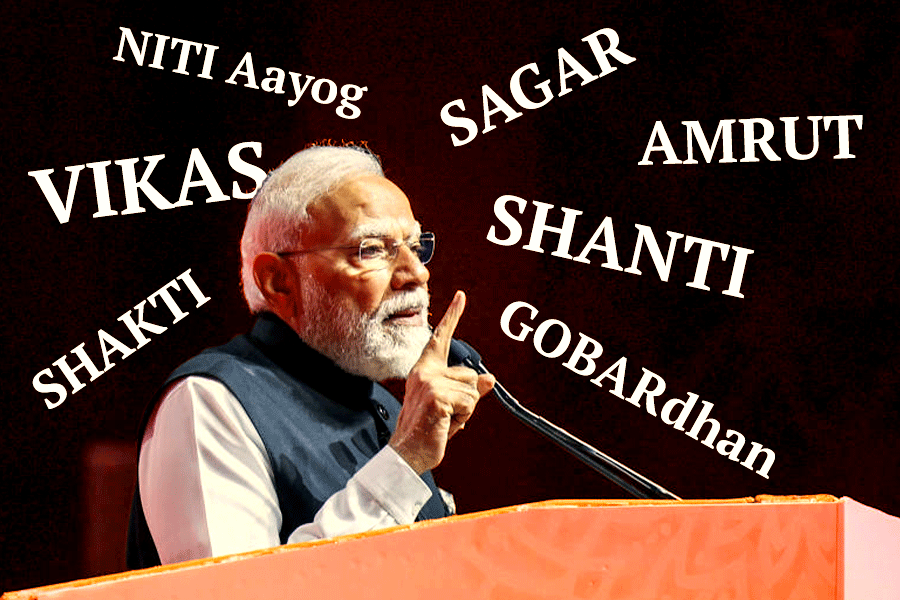 |
A few years back, many in India had sung the requiem for manufacturing jobs. Industry moaned that it was being swamped by cheap Chinese imports. Everybody was running to China to set up joint ventures. The Chinese wanted Indian companies in only pharmaceuticals and software (where they felt they had something to learn). But some others like Orind (mining), Larsen & Toubro (for switchgears) and Thermax (pumps) also managed to get a foot in. Many failed. Their unsaid ambition — to repeat the Chinese miracle in India — also didn’t work.
It won’t; India is not destined to become manufacturers to the world. China succeeded because it could throw in armies of ill-paid workers who had been long-marched out of their will to protest. India had labour exploitation, but it has also had militant trade unionism for decades, and strong lobbies that could be anti-industry when needed. The first land acquisition problems the Tatas faced were not in Singur but in Mithapur more than 80 years ago while setting up Tata Chemicals. India would never provide free land and infrastructure and cheap labour.
Despite all this, there was “hope” that India would emerge as a second major manufacturing hub for the world. “India is well prepared to be a global hub,” said a McKinsey Quarterly report in 2005. (The article was authored by Raghuram Rajan, then with the IMF.) “A few years ago, Indians feared that Chinese imports would swamp the motorcycle market,” continued the report. “Today, Bajaj Auto sells more than 1 million motorcycles annually and expects to export 160,000 this year.”
Another McKinsey report in 2012 says: “India’s manufacturers have a golden chance to emerge from the shadow of the country’s services sector and seize more of the global market. McKinsey analysis finds that rising demand in India, together with the multinationals’ desire to diversify their production to include low-cost plants in countries other than China, could together help India’s manufacturing sector to grow six-fold by 2025, to $1 trillion, while creating up to 90 million domestic jobs.”
Are those jobs being created? No, says the Planning Commission. Its draft paper for the 12th plan shows a decline in manufacturing jobs (see table). There has been a decline in agricultural jobs too, but that is another story.
 |
China was a triumph of circumstances that will not be repeated. A recent article in The Economist has this question: “In the past 35 years, hundreds of millions of Chinese have found productive, if often exhausting, work in the country’s growing cities. This extraordinary mobilisation of labour is the biggest economic event of the past half-century. The world has seen nothing on such scale before. Will it see anything like it again? The answer lies across the Himalayas in India.”
The answer from The Economist is that it will take a lot of doing. “Even during the boom years, India created many more jobs in construction than in manufacturing,” says the pompous oracle. “It is hard for the young to raise their sights when they are carrying bricks on their heads.”
For more naysayers, turn to the US Re-shoring Initiative. Their claim is that manufacturing jobs are now fleeing China and returning to the US and Europe. India was too difficult a market anyway, excepting in certain sectors. And exploitative labour practices in countries like Vietnam and Bangladesh (more than 1,000 were killed in the Rana Plaza garment factory which produced goods for US and European MNCs) will inevitably destroy the countries as outsourcing destinations.
But while US companies have started re-shoring or near-shoring (in places like Mexico) it does not mean manufacturing jobs are returning. Rather, it is automation replacing human workers. According to a study by Stanford University, re-shoring is purely symbolic; it will not lead to a jobs boom.
As for manufacturing jobs in China and India, the world need not worry too much. Both countries are getting richer and the big market is domestic. Yes, dollars are important because of the current account deficit. But why subsidise car sales to Europe when Mr Gupta from Goregaon is willing to pay full price today? The manufacturing sun is only just rising in India; the global hub part is irrelevant.
 |











